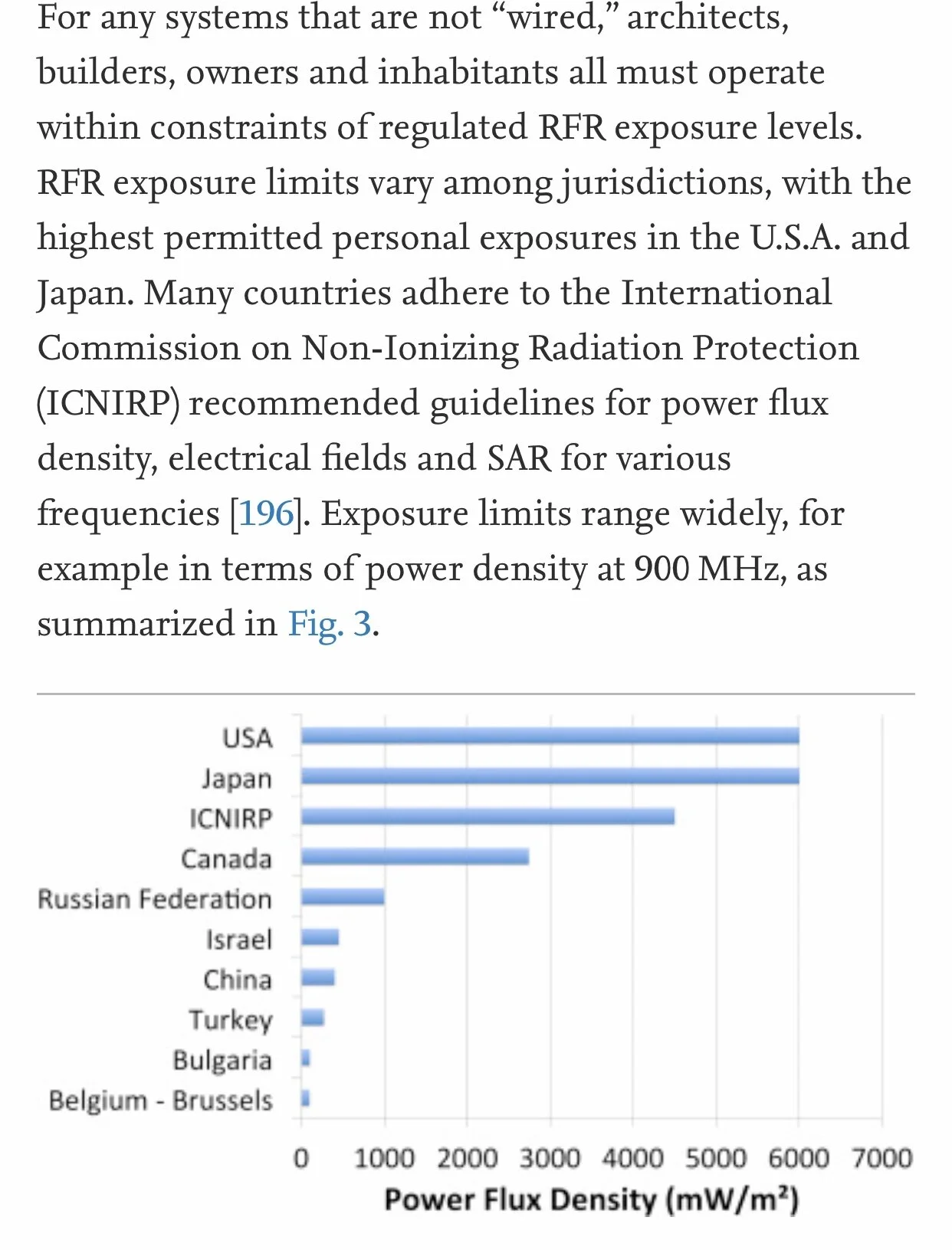Study: Air Pollution Can Make You Fat
/The effects of air pollution is one of the most well-studied topics in the field of environmental toxins research. Air pollution has also been linked to conditions ranging from cardiovascular disease to dementia, Alzheimer's and stroke.
But did you know it can literally make you fat?
The Study
Researchers wanted to find out how exposure to airborne fine particulate matter (diameter, <2.5 μm [PM(2.5)]) pollution impacted adiposity (how fat is laid in the body), as well as metabolic parameters and inflammation. They were interested particularly in exposure during the earlier part of life.
Their breeder at the Ohio State University, Qinghua Sun, had been interested in studying why city-dwellers seem to be at a particularly high risk of heart disease compared to country folk.
It’s common to hear lifestyle habits as a factor in obesity and metabolic diseases. In most cities, a fast food chain is rarely more than a block away, which makes it all too easy to fall in a habit of unhealthy eating.
The breeder wondered if another answer may be hanging, invisibly, in the air we breathe.
To find out more, he started to raise laboratory mice in the kinds of conditions you might find across various cities. Some breathed filtered, clean, air, while others were funnelled the kinds of fumes you might find next to a motorway or busy city centre. Along the way, his team weighed the mice and performed various tests to study how their metabolism was functioning.
Research Findings
After just 10 weeks, the effects were already visible. The rats developed insulin resistance, greater adiposity, and widespread inflammation throughout their body.
The mice exposed to the air pollution showed greater volumes of body fat, both around the belly and around the internal organs; at the microscopic level, the fat cells themselves were around 20% larger in the mice inhaling a fine mist of pollutants.
The rats seemed to have quickly become less sensitive to insulin, the hormone that signals to cells to convert blood sugar into energy: the first step towards diabetes.
The tiny irritating particles may also unleash a flood of inflammatory molecules called “cytokines” to wash through the blood, a response that also triggers immune cells to invade otherwise healthy tissue. Not only does that too interfere with the tissue’s ability to respond to insulin; the subsequent inflammation may also interfere with the hormones and the brain processing that govern our appetite, says Michael Jerrett at the University of California, Berkeley.
This study with laboratory mice offered some of the earliest concrete clues that the effects of air pollution may penetrate far beyond the lungs.
This supports the findings of other studies.
Large studies from cities across the world suggest that humans might be suffering the same consequences.
Chen, for instance, examined the medical records of 62,000 people in Ontario, Canada over a 14-year period. He found that the risk of developing diabetes rose by about 11% for just every 10 micrograms of fine particles in a cubic metre of air.
This is a troubling statistic, considering that the pollution in some Asian cities can reach at least 500 micrograms per cubic metre of air.
In Switzerland, a study saw a similar signs of increased insulin resistance, hypertension, and waist-circumference in a sample of nearly 4,000 people living among dense pollution.
References and Resources:
Xu X, Yavar Z, Verdin M, Ying Z, Mihai G, Kampfrath T, Wang A, Zhong M, Lippmann M, Chen LC, Rajagopalan S, Sun Q. Effect of early particulate air pollution exposure on obesity in mice: role of p47phox. Arterioscler Thromb Vasc Biol. 2010 Dec;30(12):2518-27. doi: 10.1161/ATVBAHA.110.215350. Epub 2010 Sep 23. PMID: 20864666; PMCID: PMC3065931.
https://www.bbc.com/future/article/20151207-the-air-that-makes-you-fat







